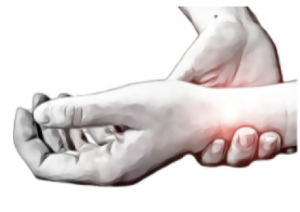CUMBERLAND PHYSIOTHERAPY PARRAMATTA:
What is it?
A broken collarbone, also known as the clavicle, is one of the most commonly broken bones in the body.
The collarbone connects the front of the ribcage to the shoulder and is the only bony connection the arm has to the rest of the body. Many muscles attach to the collarbone, including the Deltoid and Pectoralis Major.
How does it happen?
The most common way for this injury to occur is through a fall onto the shoulder. This can happen from a simple fall or sports such as mountain biking or rugby. It is a very common childhood injury but can happen at any age.
What are the symptoms?
Usually, a broken collarbone will cause moderate to severe pain over the broken area. The patient may have heard or felt a popping or cracking at the time of the injury and there may be an ongoing grinding or creaking with movements of the upper arm. If the skin is not broken there may be bruising and swelling over the painful area.
What is the treatment?
While very severe cases can be surgically fixed, more often a broken collarbone will be allowed to heal naturally with rest and monitoring. By supporting the arm in a sling and providing pain relief the arm will mend on its own. As with most fractures, there are also often other injuries that may need to be dealt with at the same time. There are many important structures near the collarbone that can also be damaged
including muscles, nerves and blood vessels. In very severe cases, the lung tissue under the collarbone can be damaged causing the lung to collapse.
Physiotherapy and recovery:
Once a treatment plan has been decided by your medical team, your physiotherapist can help you to return to your pre injury strength and mobility with a full rehabilitation program.
None of the information in this article is a replacement for proper medical advice. Always see a medical professional for advice on your individual injury.



